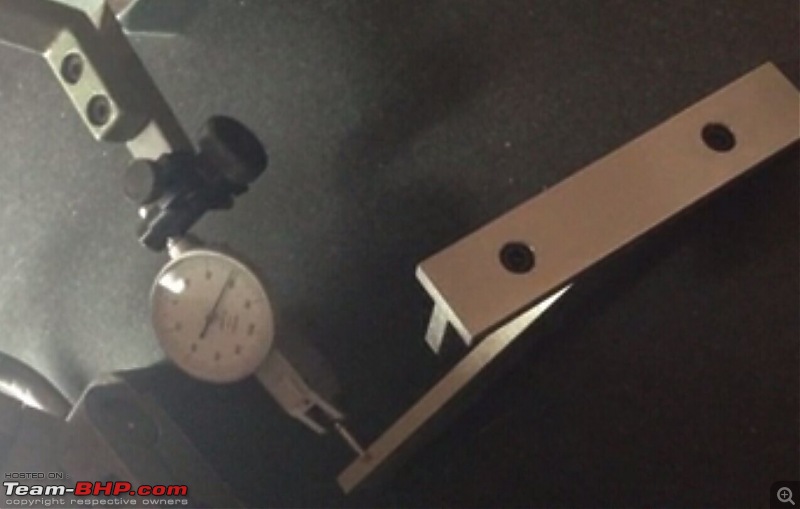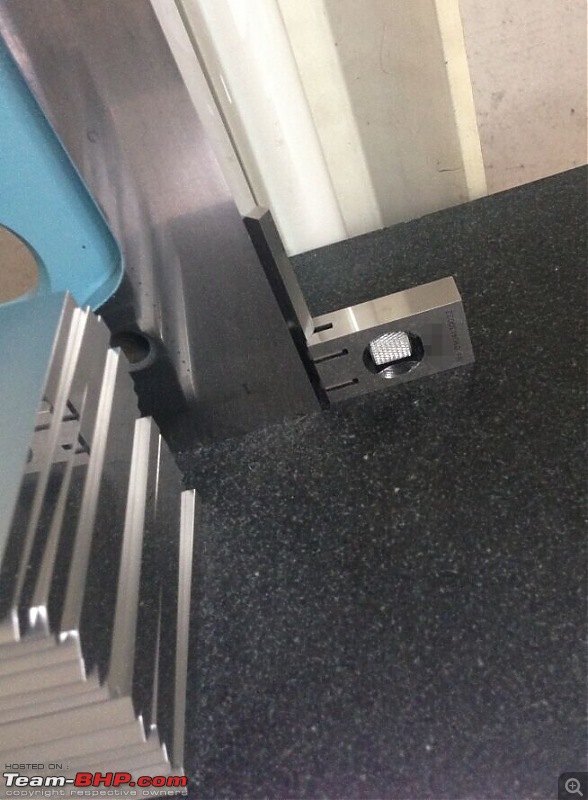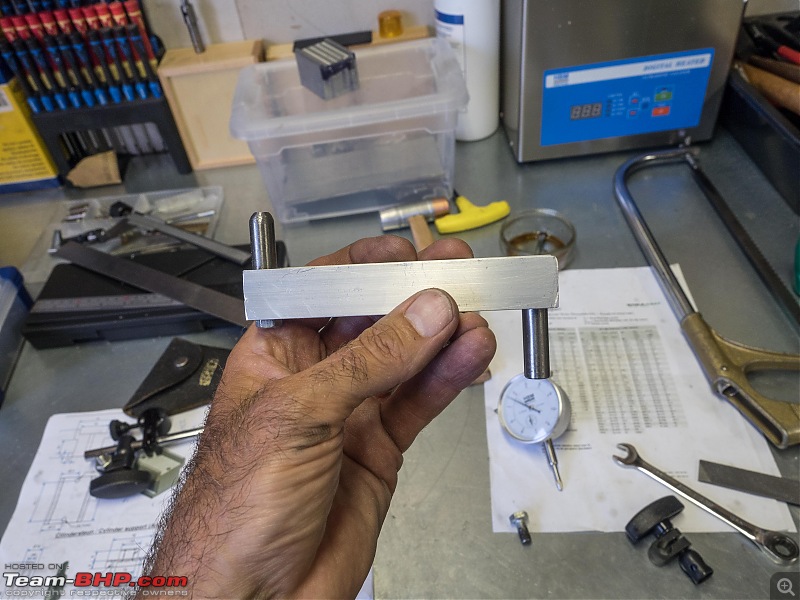| | #31 |
| Distinguished - BHPian  | |
| |  (2)
Thanks (2)
Thanks
|
| |
| | #32 |
| Senior - BHPian Join Date: Jul 2009 Location: Calcutta
Posts: 4,668
Thanked: 6,217 Times
| |
| |  (2)
Thanks (2)
Thanks
|
| | #33 |
| Senior - BHPian Join Date: Jul 2009 Location: Calcutta
Posts: 4,668
Thanked: 6,217 Times
| |
| |  (2)
Thanks (2)
Thanks
|
| | #34 |
| Distinguished - BHPian  Join Date: Jun 2007 Location: Chennai
Posts: 10,999
Thanked: 26,418 Times
| |
| |
| | #35 |
| Distinguished - BHPian  | |
| |  (1)
Thanks (1)
Thanks
|
| | #36 |
| Senior - BHPian Join Date: Jul 2009 Location: Calcutta
Posts: 4,668
Thanked: 6,217 Times
| |
| |  (1)
Thanks (1)
Thanks
|
| | #37 |
| Distinguished - BHPian  Join Date: Jun 2007 Location: Chennai
Posts: 10,999
Thanked: 26,418 Times
| |
| |
| | #38 |
| Distinguished - BHPian  | |
| |  (4)
Thanks (4)
Thanks
|
| | #39 |
| Senior - BHPian Join Date: Jul 2009 Location: Calcutta
Posts: 4,668
Thanked: 6,217 Times
| |
| |  (3)
Thanks (3)
Thanks
|
| | #40 |
| Distinguished - BHPian  | |
| |  (1)
Thanks (1)
Thanks
|
| | #41 |
| Senior - BHPian Join Date: Jul 2009 Location: Calcutta
Posts: 4,668
Thanked: 6,217 Times
| |
| |
| |
| | #42 |
| Distinguished - BHPian  | |
| |  (1)
Thanks (1)
Thanks
|
| | #43 |
| Distinguished - BHPian  Join Date: Jun 2007 Location: Chennai
Posts: 10,999
Thanked: 26,418 Times
| |
| |
| | #44 |
| Senior - BHPian Join Date: Jul 2009 Location: Calcutta
Posts: 4,668
Thanked: 6,217 Times
| |
| |
| | #45 |
| Senior - BHPian Join Date: Jul 2009 Location: Calcutta
Posts: 4,668
Thanked: 6,217 Times
| |
| |  (1)
Thanks (1)
Thanks
|
 |
Most Viewed









 . I wish I could find physical shops like that to visit in London area. I can find some pretty good general tool shops, and specialist jewellery tools, but I'd like somewhere where I can drool over the engineering stuff. Used to be more, But then, used to be more engineering factories to give them custom. One once-great street I used to know is now full of sari, gold, and Indian/Sri-Lankan-food shops! Well, I can't complain: I only know its current state because of friends living there. And I love the Siva temple
. I wish I could find physical shops like that to visit in London area. I can find some pretty good general tool shops, and specialist jewellery tools, but I'd like somewhere where I can drool over the engineering stuff. Used to be more, But then, used to be more engineering factories to give them custom. One once-great street I used to know is now full of sari, gold, and Indian/Sri-Lankan-food shops! Well, I can't complain: I only know its current state because of friends living there. And I love the Siva temple 













